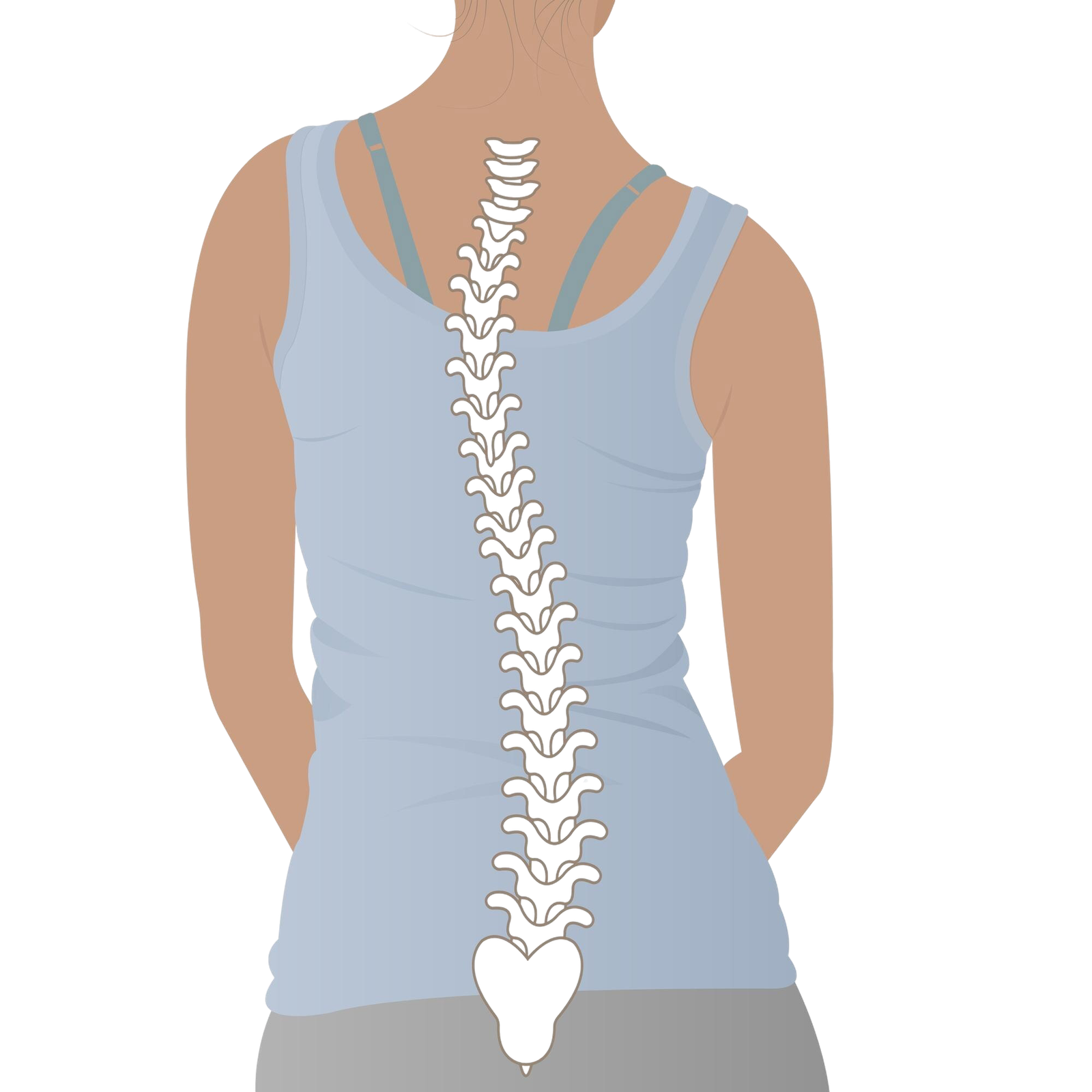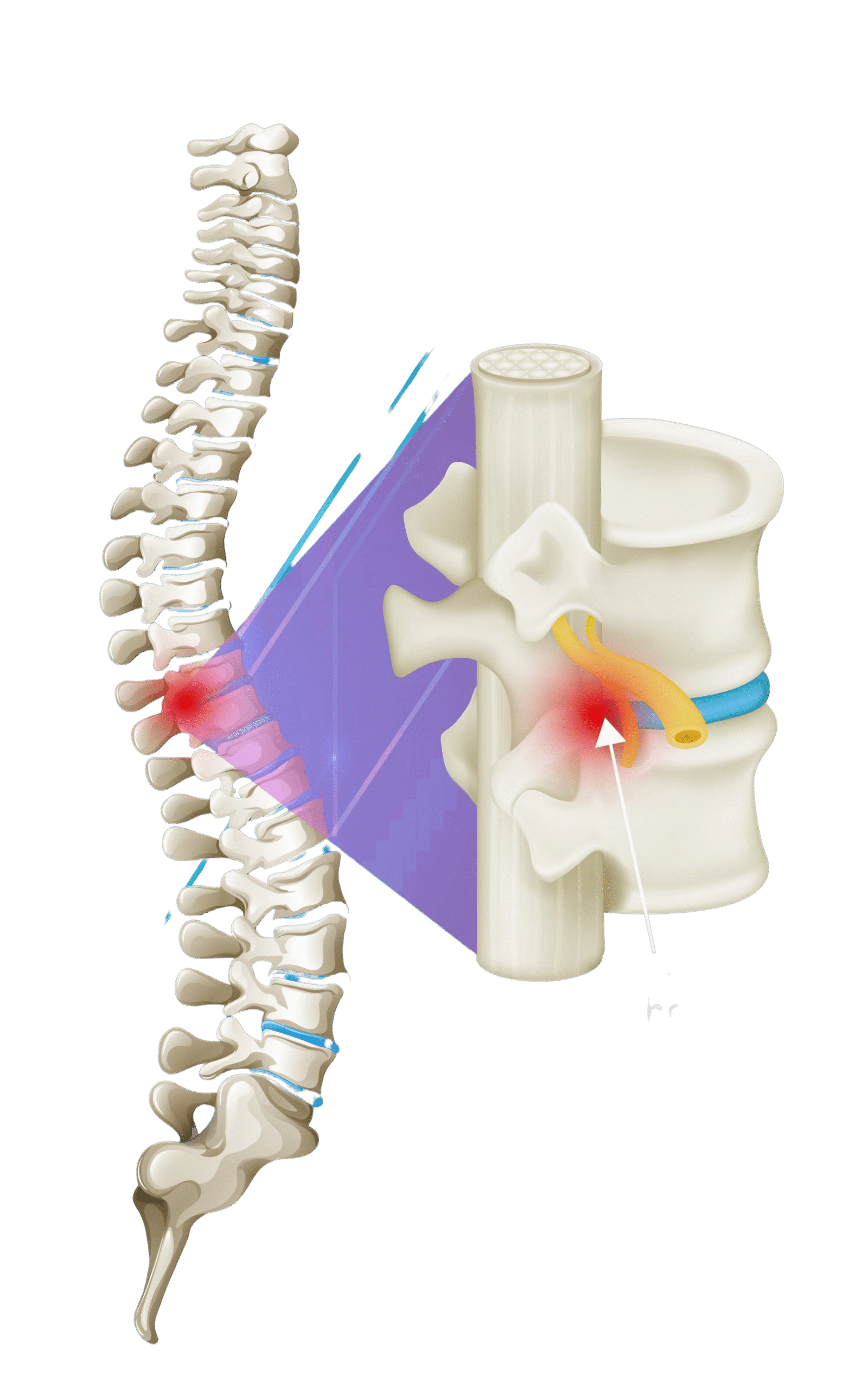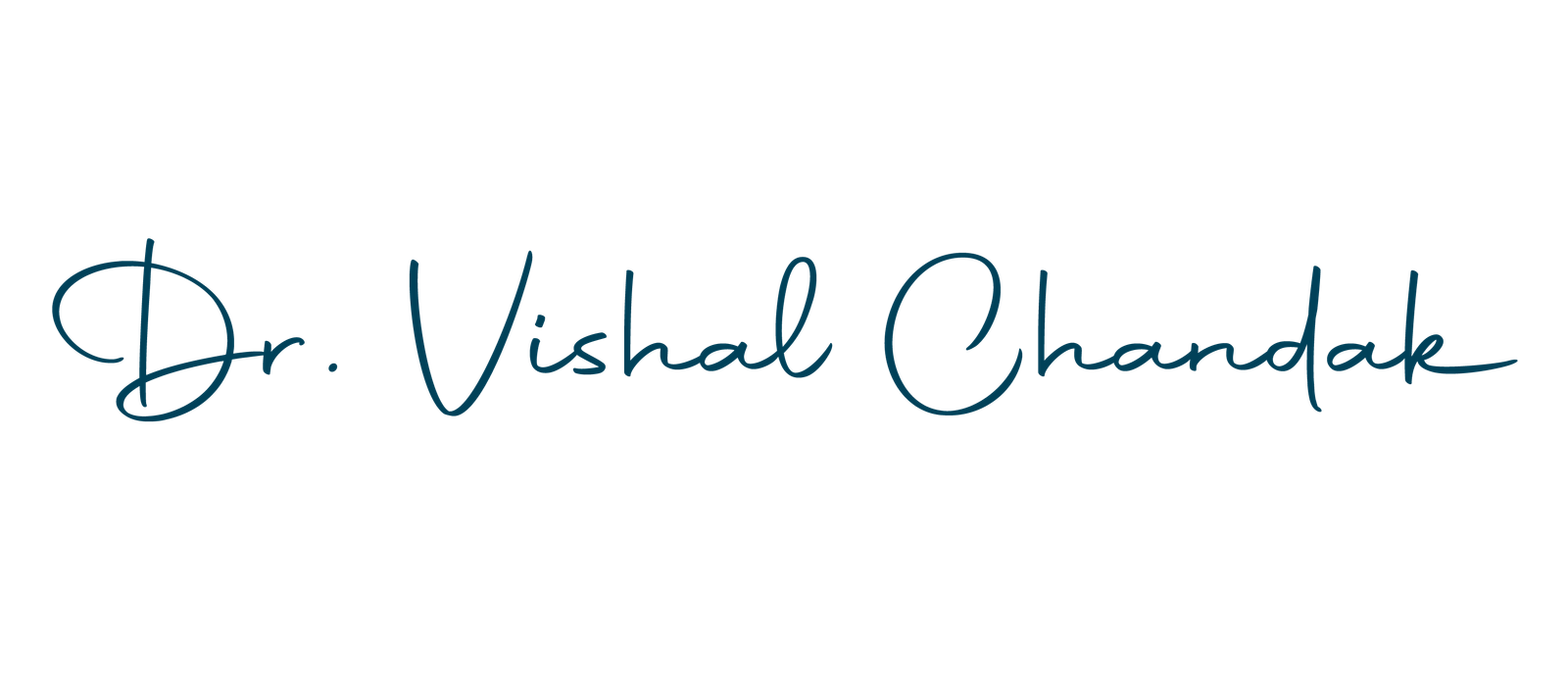Scoliosis in teenagers is a spinal condition where the backbone curves sideways, often during the growth spurt of adolescence. Globally, around 2–3% of adolescents are affected. In India, many cases remain undiagnosed because parents assume their child’s posture issues are “normal.” Early detection is crucial as timely treatment prevents progression and avoids complex surgeries later.
This blog highlights the early signs of scoliosis in teenagers and the available treatment options.
1. What is Scoliosis?
- A condition where the spine develops an abnormal sideways curve (often “S” or “C” shaped).
- Most commonly diagnosed between ages 10–16 years, during growth spurts.
- In severe cases, scoliosis may affect lung function, posture, and self-confidence.

2. What Causes Scoliosis in Teenagers?
- Idiopathic scoliosis (no known cause, most common).
- Genetic predisposition (family history).
- Neuromuscular conditions (cerebral palsy, muscular dystrophy).
- Congenital abnormalities in the spine.
3. Early Signs Parents Should Watch For
- Uneven shoulders or shoulder blades.
- Unequal hip level or waistline.
- A visible curve in the back when the child bends forward.
- Ill-fitting clothes (shirts or dresses hanging unevenly).
👉 If you notice these, consult a pediatric orthopedic surgeon immediately.
4. How is Scoliosis Diagnosed?
- Physical examination (Adam’s forward bending test).
- X-rays to confirm degree of curvature.
- MRI or CT scans if neurological issues are suspected.
5. Treatment Options for Scoliosis in Teenagers
Observation
- For curves less than 20°.
- Regular check-ups every 6–12 months.
Bracing
- For moderate scoliosis (20–40°).
- Prevents curve progression during growth.
- Needs to be worn consistently for best results.

Surgery (Spinal Fusion or Corrective Surgery)
- For severe curves (>45°).
- Corrects deformity and prevents further progression.
- Modern techniques reduce recovery time.
6. Can Exercise or Physiotherapy Help?
- Physiotherapy improves posture, flexibility, and muscle strength.
- Exercises alone cannot reverse scoliosis, but they play a supportive role in treatment.
7. Long-Term Outlook for Teenagers with Scoliosis
- With early detection and proper treatment, teenagers can lead active, normal lives.
- Many return to sports and daily activities without restrictions.
Conclusion
Scoliosis in teenagers can be worrying for parents, but timely diagnosis and treatment can prevent complications and ensure a healthy, confident future.
👉 If your teenager shows signs of scoliosis, consult Dr. Vishal H. Chandak, Pediatric Orthopedic Surgeon in Aurangabad, for expert evaluation and treatment.
